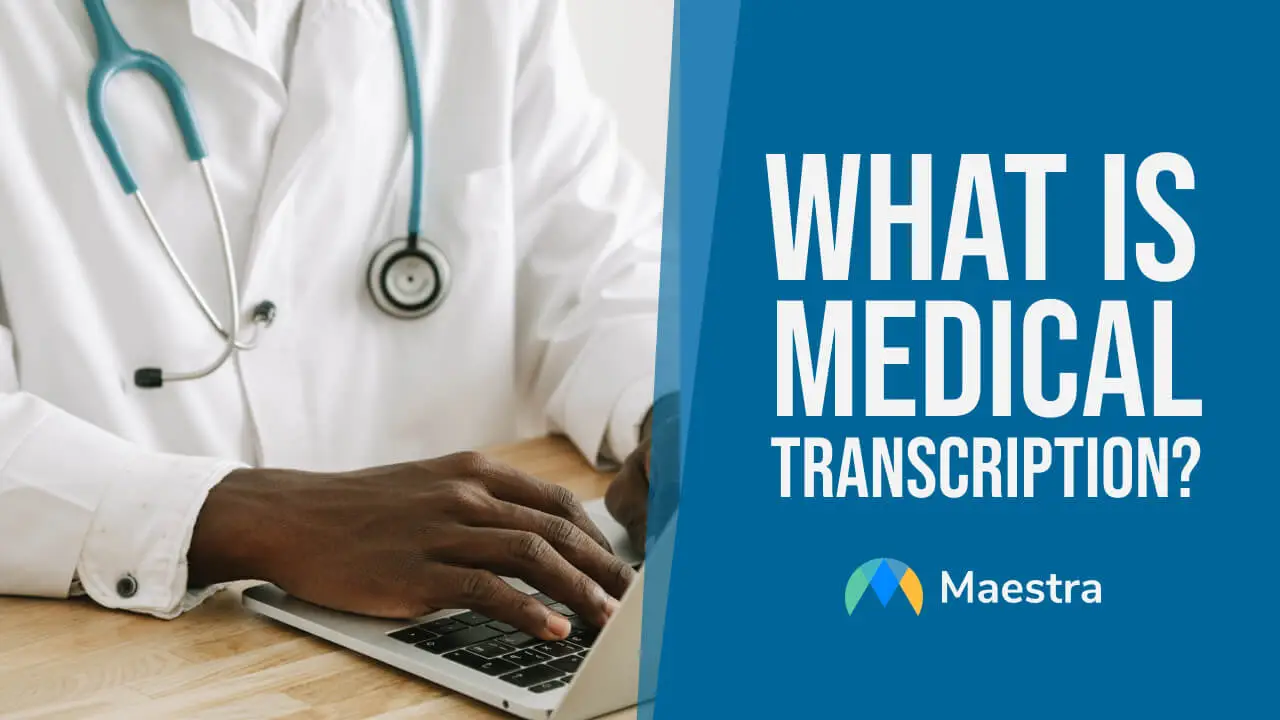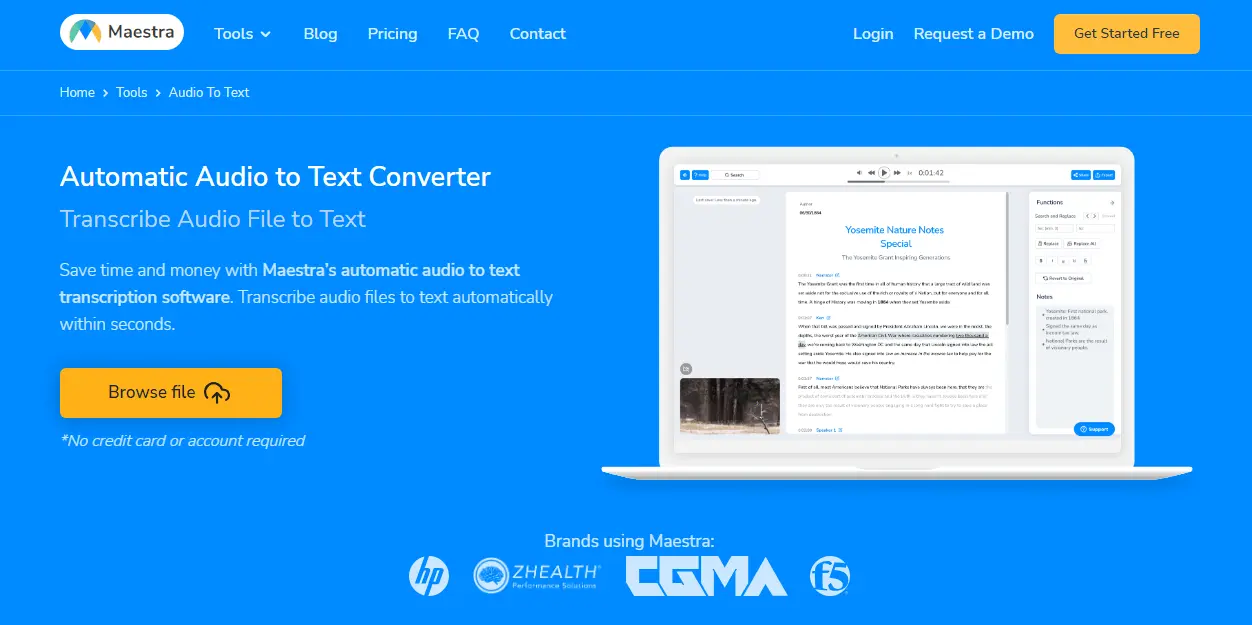What is Medical Transcription and How You Can Do It

Understanding Medical Transcription
Medical transcription involves converting dictated recordings by healthcare professionals, such as doctors or nurses, into written documents. These documents serve as patient records and are crucial for maintaining accurate medical histories, diagnoses, treatments, and procedures. The transcribed reports are used by healthcare professionals for reference, insurance claims, medical research, and legal purposes.The Role of a Medical Transcriptionist

Medical Transcription Jobs

Medical Transcription Salary

How to Become a Medical Transcriptionist
Requirements vary depending on your location, but generally, training is needed to become a medical transcriptionist since knowing medical terminology, aside from transcription skills is needed for this job. High School Diploma: There isn't a single way to become a medical transcriptionist, you can take a few paths. But first, you need a GED (high school diploma) to become a medical transcriptionist. In the United States, you might need the RHDS (registered healthcare documentation specialist) certificate to begin your medical transcription journey. And for experienced medical transcriptionists, the CHDS certificate shows that you are a certified healthcare documentation specialist. However, not every state requires such certificates, so another type of training can be enough to land a medical transcription job. AHDI (The Association for Healthcare Documentation Integrity) also provides 2 courses for future medical transcriptionists to become certified healthcare documentation specialists. Online Courses: There are online courses such as the "How to Become a Medical Transcriptionist" course on Udemy which teaches all the skills and knowledge required. For example, this course awards you with a completion certificate which can ease your way into a medical transcription job. College Programs: There are several college programs about medical transcription in the U.S. if you choose that path. At the end of the program, you will receive a required certificate to become a medical transcriptionist. The duration of these programs varies between 6 months to 18 months long. On-the-Job Training: Some companies offer medical transcription courses for prospective medical transcriptionists. So, there is a chance that you can learn to be a medical transcriptionist as an intern or a general transcriptionist who receives the training as they work.Automatic Medical Transcription
Maestra provides state of the art speech recognition technology for transcriptionists who wish to have an advanced approach to their profession. Maestra's speech recognition software automatically transcribes audio to text with impressive accuracy and speed, allowing transcriptionists to save time manually typing, and instead spend that time correcting the transcript. The custom dictionary tool helps users specify keywords for the software, which then helps the AI software to accurately transcribe those words when they are detected in the audio. This feature is especially helpful for transcriptions with sensitive terminologies, such as medical transcription.
